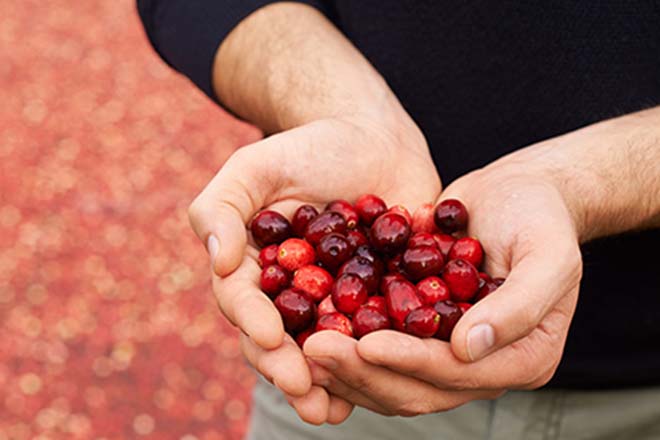The New Depreciation Expense Rules – What You Need to Know
There are several major provisions of 2017 tax reform that impact agriculture. In this article, we’ll dig deep into the new rules for depreciation expense and the opportunities the new law provides for producers.
Old Rules
In recent years, producers have enjoyed three different options for writing off their investment in depreciable assets:
Regular Depreciation
Claim an expense based on the class life of the asset, which ranges from 3 to 20 years, using a 150% declining-balance calculation method.
Section 179 Expense Election
Claim in the year of purchase an expense of some or all of the cost of qualifying property, subject to limits. The maximum write-off is $500,000 as long as less than $2 million of property was purchased during the year. This applies to “new” or “used” property.
Bonus Depreciation
Claim in the year of purchase an expense of 50% of the cost of qualifying “new” property. Depreciate the balance using method #1 or #2. There is no limit on the amount of write-off.
What Has Changed
Going forward, we still have the three basic options to write off your investment in property. The alternatives have all been enhanced, with more properties eligible for quicker depreciation and more flexibility in deciding what options to use. Let’s take a look:
Regular Depreciation
Still claim an expense over 3 to 20 years based on class life. However, now you can use five years instead of seven for most farm equipment. The calculation method has been changed, though, to the 200% declining-balance method.
Section 179 Expense Election
Similar rules apply for determining eligible property. Limits are expanded to a maximum write-off of $1 million as long as less than $2.5 million of property was purchased during the year. Also, certain improvements to business real estate are eligible for this immediate write-off. The rule still applies to “new” or “used” property. The increased limits apply to years beginning after December 31, 2017.
Bonus Depreciation
Bonus depreciation percentage has been increased from 50% to 100% for qualified property. Qualified property has been expanded to include “new to the taxpayer,” meaning “used property” now qualifies. This applies to assets placed in service after September 27, 2017. For a taxpayer’s first tax year ending after September 27, 2017, an election can be made to use 50% bonus depreciation. The 100% bonus applies through the year 2022, with a 20%-per-year phasedown reduction through 2026.
Qualified Improvement Property
This provision has been clarified and simplified. An improvement to the interior of nonresidential property that does not involve enlargement, changing structural framework, or installing elevator/escalator equipment will be considered Qualified Improvement Property. Unfortunately, due to a drafting error qualified improvement property is subject to 39-year depreciable life and is not eligible for bonus depreciation. Congress has stated that was not their intent but the IRS position is that this statute cannot be changed by regulations and will require a legislative fix.
Trade-Ins and Like-Kind Exchanges
The new law changes the tax treatment of like-kind exchanges of personal property (not real estate). Like-kind exchange treatment is no longer allowed, except for exchanges of real estate. So now a trade of equipment must be accounted for as a sale of the disposed equipment for the amount of the trade-in allowance and a purchase of the newly acquired equipment at its full purchase price.
This change will present both challenges and opportunities for farmers who trade in equipment when they are updating. You should consider the impact of the additional equipment sale gain income and the additional purchase cost available for the full range of depreciation options.
Planning Observations
The options available to take fast write-offs on asset purchases are clearly expanded. Some important points to keep in mind when evaluating your options are:
Farm Buildings
General-purpose farm buildings are 20-year assets; therefore, they are eligible for 50% or 100% bonus depreciation. They are not eligible for Section 179 expense.
Land Improvements
Improvements such as pavement, reservoirs, dikes, and other depreciable improvements to land are 15-year assets, now eligible for 50% or 100% depreciation.
Farm Purchases
Buildings and improvements are often overlooked when a farmer purchases land. The new laws provide for additional fast-depreciation options if the property includes structures or land improvements.
Section 179
This is not available for rental activities. However, the expanded bonus depreciation rules will be available for landlords.
Section 179
This deduction is limited to the lesser of the net business income or the taxable income of the taxpayer. Bonus depreciation is not limited by these factors and therefore could create or increase a farm net operating loss, eligible for a two-year carryback to offset prior-year income.
Related-Party Purchases
The new tax law clarifies that Section 179 and bonus depreciation are NOT allowed on purchases from related taxpayers. For this purpose, related taxpayers include spouses, lineal ancestors, and lineal descendants. Related taxpayers also include corporations and partnerships in which the taxpayer is a greater-than-50% owner, as well as certain estates and trusts. Since Section 179 and bonus depreciation are not allowed in related-party purchases, care should be taken before structuring an equipment trade with a related taxpayer.
As you meet with your tax preparer, you’ll want to discuss the best tax strategies for your situation in 2018 and beyond. We have experienced professionals ready to help you, contact us today.
For more helpful information impacting the agriculture industry, including articles, event invitations, and our popular Ag Conversations blog, sign up today.
Read related articles:
We explain land improvements depreciation and tax write-offs for ag producers
With the expansion of bonus depreciation, why is section 179 still important?



